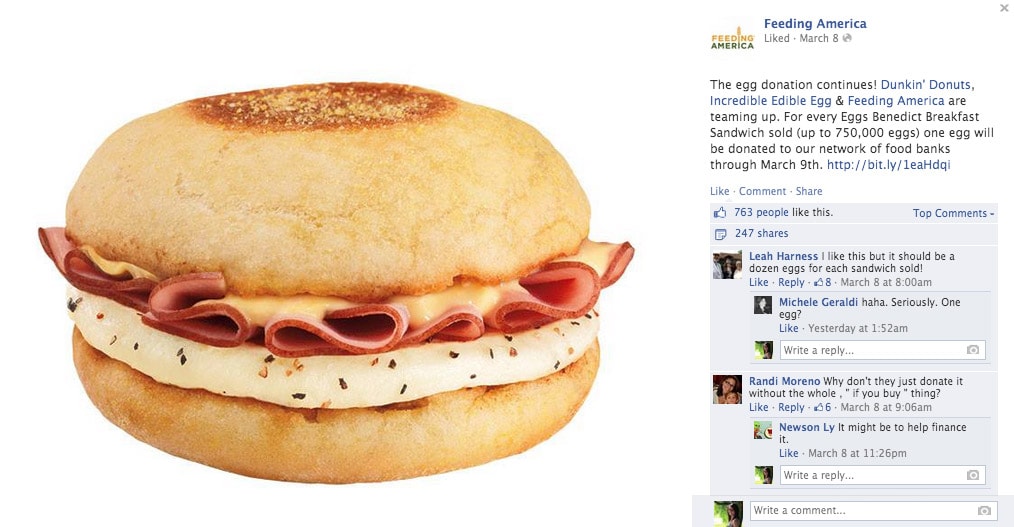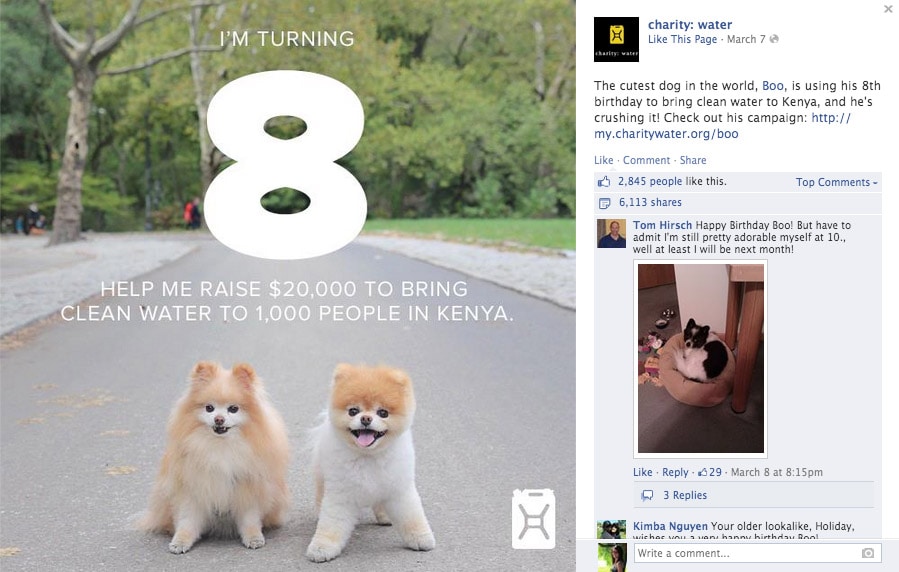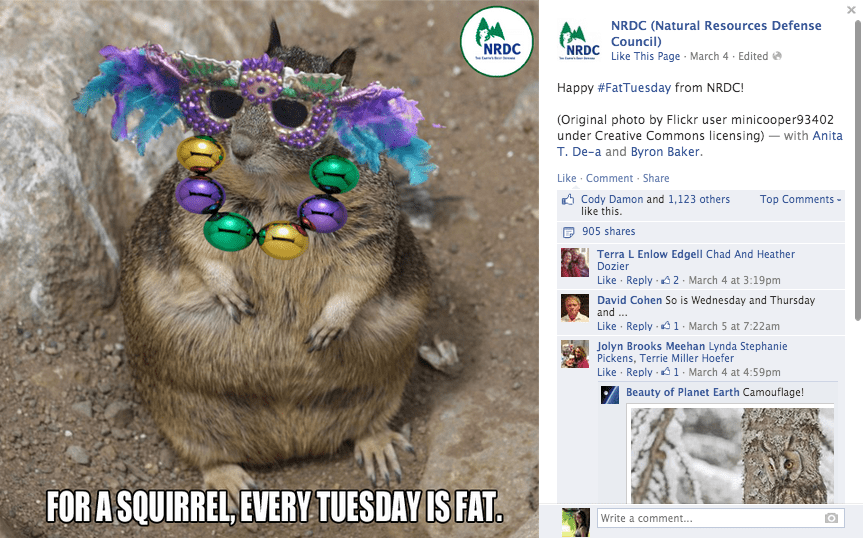Viral Marketing For Nonprofits: 5 Best Emotions To Leverage
This is the second installment of our viral marketing for nonprofits series in which we apply Jonah Berger’s 6 STEPPS of viral marketing to nonprofits. Here, we explore the five best emotions to leverage in order to get people to spread the word about your nonprofit and take action.
Tapping into someone’s emotions is essential in marketing and storytelling. Maya Angelou said, “People will forget what you said, people will forget what you did but people will never forget how you made them feel.”
However, not all emotions will drive your supporters to share or take action. If you want people to talk about your organization or share or take action on your social media posts or campaign, it’s important to leverage physiologically high-arousal emotions: awe, excitement, anger, amusement, and humor, instead of low-arousal emotions such as happiness and sadness.
In his book Contagious, Berger contends that high-arousal emotions drive people to spread the word and take action, while low-arousal emotions do not. Awe, excitement, anger, amusement, and humor fire people up, while happiness and sadness leave people feeling content. While feeling content is not a bad feeling, people are simply less driven to talk about something that makes them content.
Here are five examples of how nonprofits have leveraged high-arousal emotions to get people to share and take action:
Awe
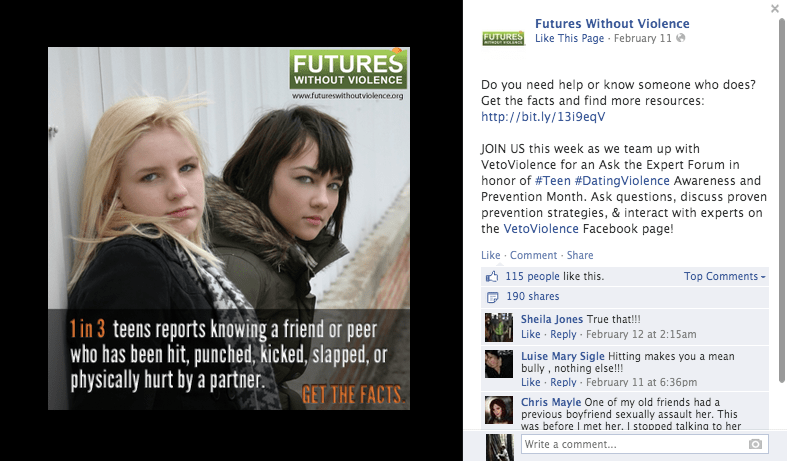 Our client Futures Without Violence usually receives between 20 to 50 shares on every post. In the post above, their use of awe and surprise generated 190 shares! By sharing a visual with a shocking statistic – 1 out 3 teens know a friend who has been physically abused by a partner – the post generates a sense of awe and increases the likelihood of people spreading the word.
Our client Futures Without Violence usually receives between 20 to 50 shares on every post. In the post above, their use of awe and surprise generated 190 shares! By sharing a visual with a shocking statistic – 1 out 3 teens know a friend who has been physically abused by a partner – the post generates a sense of awe and increases the likelihood of people spreading the word.
Excitement
Instead of sharing content that makes people happy, share content that gets people excited. Happiness is a low-arousal emotion whereas excitement is a high-arousal emotion that fires people up.
In the post above, Feeding America shares exciting news about a partnership with Dunkin’ Donuts and Incredible Edible Egg. It’s exciting that all we have to do is purchase an egg sandwich from Dunkin’ Donuts to donate to a great organization. Because excitement is a high arousal emotion, people will take action and share this post, as we can see by high number of shares on this post. Feeding America’s Facebook posts don’t usually receive more than 150 shares.
Anger
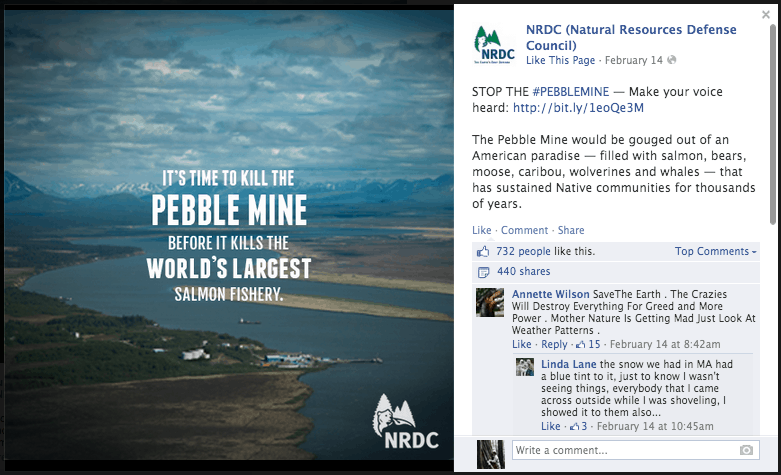 Instead of making people sad, make them angry. Anger drives action while sadness doesn’t. Our client NRDC shared a post about the Pebble Mine that evoked anger, and it drove over 400 people to spread the word.
Instead of making people sad, make them angry. Anger drives action while sadness doesn’t. Our client NRDC shared a post about the Pebble Mine that evoked anger, and it drove over 400 people to spread the word.
Amusement
Like awe, excitement, and anger, amusement is also a high-arousal emotion. In the post above, charity:water generated significantly more shares than usual. Their posts typically receive between 100 to 150 shares. By leveraging amusement and sharing a photo of Boo, the world’s cutest dog, the post received over 6,000 shares.
Humor
By posting this image of a fat squirrel on Fat Tuesday, NRDC successfully leveraged humor – a high-arousal emotion – to generate more shares than usual. NRDC posts typically receive between 100 to 200 shares.
Click through the following links to read more about Viral Marketing for Nonprofits and about how your nonprofit can create “social currency.”
If you’re stuck in figuring out how to leverage high-arousal emotions for your organization, don’t hesitate to reach out to us or tweet us at @mediacause.
